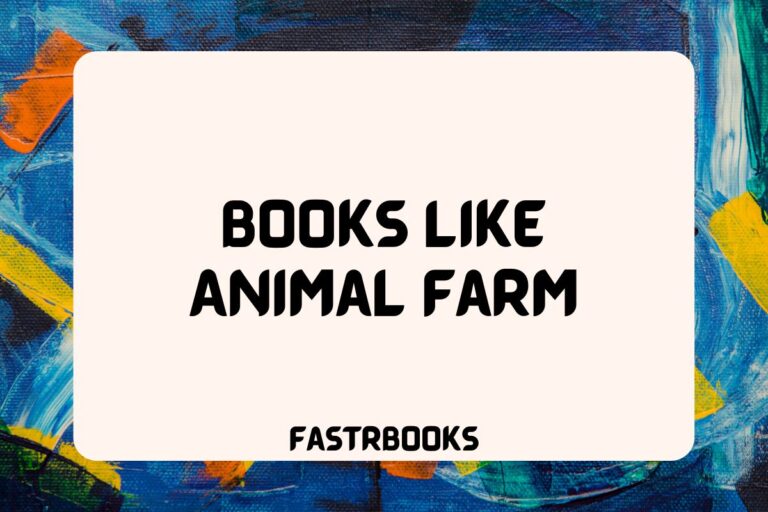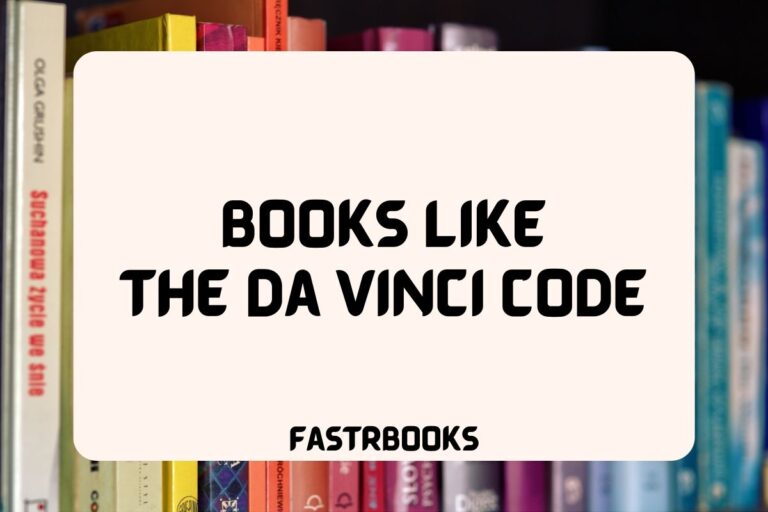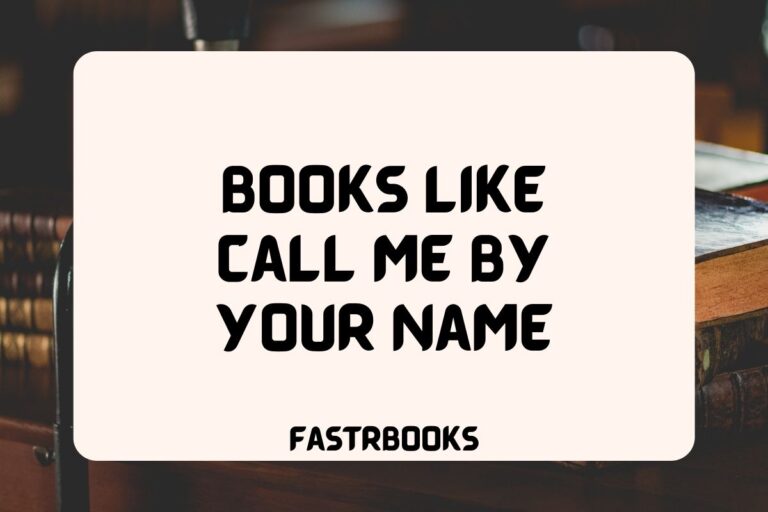10 Books Like The Hobbit
Ever since Bilbo Baggins first stepped out his door and into the unknown, readers have been captivated by the magic and adventure of J.R.R. Tolkien’s The Hobbit.
The heartwarming tale of an unlikely hero, battling trolls, befriending dwarves, and facing down a dragon, has sparked a lifelong love of fantasy in countless readers.
But what if you’ve already traveled the misty mountains and plundered Smaug’s hoard and now crave for similar tales?
Fear not, fellow adventurers!
This list offers some enchanting books that capture the spirit of The Hobbit, promising thrilling quests, unforgettable characters, and worlds brimming with wonder.
So, pack your pipe, grab your courage, and prepare to embark on a new literary adventure!
Books Like The Hobbit
1. The Chronicles of Narnia: The Lion, the Witch and the Wardrobe by C.S. Lewis
This book is the first (in chronological order) of the Chronicles of Narnia series and tells the story of four siblings who discover a magical world called Narnia through a wardrobe in an old country house.
In Narnia, they encounter talking animals, mythical creatures, and a great lion named Aslan who leads a fight against the evil White Witch. The children’s journey through Narnia is filled with adventures, challenges, and lessons about bravery, loyalty, and faith.
Major Similarities:
Like “The Hobbit,” “The Lion, the Witch and the Wardrobe” is set in a richly imagined fantasy world filled with unique creatures and a clear battle between good and evil.
Both stories are considered classics of children’s literature and share themes of adventure, courage, and the transformation of ordinary characters into heroes. Each book serves as an introduction to a larger literary world, inviting readers into an immersive and magical experience.
2. The Dark is Rising by Susan Cooper
This novel is the second in “The Dark is Rising Sequence” and follows the story of Will Stanton, a young boy who discovers on his eleventh birthday that he is no ordinary boy but the last of the Old Ones, immortal beings tasked with fighting against the forces of the Dark.
As Will embarks on a quest to gather the powerful Signs of Light, he navigates a world where magic intersects with the everyday and learns about his responsibilities and powers.
Major Similarities:
“The Dark is Rising” shares with “The Hobbit” a deep-rooted theme of an unlikely hero embarking on a quest that is much bigger than himself.
Both books are set in worlds where magic is real and the boundary between the mundane and the fantastical is blurred. They also both involve a journey that is both physical and personal, leading to the growth and development of the protagonist.
3. The Sword in the Stone by T.H. White
This book is the first part of “The Once and Future King” series and tells the story of the young King Arthur (then known as Wart) before he ascends the throne. Under the tutelage of Merlin, Wart is transformed into various animals and learns important lessons that prepare him for his future role.
It’s a tale of adventure, magic, and the discovery of personal destiny within the medieval setting of Arthurian legend.
Major Similarities:
Like “The Hobbit,” “The Sword in the Stone” focuses on the theme of an unassuming character undergoing a series of trials that prepare him for a greater destiny.
Both books are rich in fantasy elements, including magic, mythical creatures, and a mentor figure who guides the young hero. They share a lighthearted and whimsical tone, even as they delve into deeper themes of honor, courage, and the journey toward understanding oneself.
4. The Neverending Story by Michael Ende
This novel explores the adventures of a young boy named Bastian who discovers a magical book that draws him into the fantastical world of Fantasia, a land being consumed by a mysterious force called The Nothing.
As Bastian reads on, he realizes that he has a role to play in saving Fantasia and its inhabitants. It’s a metafictional tale that celebrates the power of storytelling and imagination.
Major Similarities:
“The Neverending Story” and “The Hobbit” both immerse readers in expansive fantasy worlds filled with a diverse cast of characters and the overarching theme of a quest.
Each story is a journey not only through a fantastical landscape but also into the heart of the protagonist, who must find courage and self-belief. The interaction between the real world and the fantasy world in “The Neverending Story” mirrors the way Bilbo’s adventures impact his perception of his place in the world.
5. Redwall by Brian Jacques
“Redwall” is the first book in a series set in the mythical world of Redwall Abbey, where animals embody virtues and vices typically attributed to humans.
The story follows Matthias, a young mouse who dreams of the days of adventure and valor. He is thrust into a quest to defend Redwall from Cluny the Scourge, a villainous rat. The narrative is rich with quests, battles, and the pursuit of legendary artifacts.
Major Similarities:
Both “Redwall” and “The Hobbit” are set in worlds where the line between good and evil is clearly drawn, and where unlikely heroes rise to meet their destinies.
The stories are imbued with a sense of adventure and the importance of camaraderie and bravery. The detailed world-building, complete with its own history, languages, and cultures, invites readers into a comprehensive fantasy experience reminiscent of Middle-earth.
6. A Wizard of Earthsea by Ursula K. Le Guin
This novel introduces readers to the archipelago of Earthsea, focusing on the journey of Ged, a young boy with innate magical abilities who is destined to become one of the greatest wizards of his time.
As Ged learns to harness his powers, he inadvertently releases a shadowy entity and must embark on a perilous journey to correct his mistake. The story explores themes of balance, the coming of age, and the realization of personal identity.
Major Similarities:
Similar to “The Hobbit,” “A Wizard of Earthsea” is a bildungsroman that follows a protagonist on a journey of self-discovery and maturation within a richly detailed fantasy world.
Both novels feature a deep connection to the natural world and its magical elements, as well as a narrative that emphasizes the importance of wisdom, humility, and the facing of one’s own inner darkness.
7. The Princess and the Goblin by George MacDonald
This fairy tale novel tells the story of Princess Irene and her friend Curdie, who together uncover and thwart the sinister plans of the goblins living beneath the mountain near Irene’s castle.
The narrative weaves together elements of adventure, fantasy, and moral lessons, showcasing the courage and purity of its young protagonists in the face of danger and deceit.
Major Similarities:
“The Princess and the Goblin” shares with “The Hobbit” a fundamental clash between the mundane and the magical, the innocence of its central characters, and the journey into the unknown that tests their courage and resolves.
Both books are celebrated for their timeless appeal, imaginative storytelling, and the way they introduce younger readers to the concepts of heroism and adventure in a fantasy setting.
8. The Book of Three by Lloyd Alexander
The first in “The Chronicles of Prydain” series, this novel follows the adventures of Taran, an Assistant Pig-Keeper who dreams of becoming a hero.
His quest begins in earnest when he sets out to find the oracular pig Hen Wen and becomes embroiled in a struggle against the evil Horned King.
Along the way, Taran is joined by a memorable cast of characters and learns valuable lessons about bravery, sacrifice, and identity.
Major Similarities:
Both “The Book of Three” and “The Hobbit” feature a reluctant hero who grows into his role over the course of an epic journey. The stories are set in elaborately constructed worlds steeped in myth and magic, with a clear delineation between good and evil.
Each narrative is driven by a quest that involves not just physical challenges but also moral and ethical growth.
9. The Last Unicorn by Peter S. Beagle
This novel follows the journey of a unicorn, the last of her kind, who leaves the safety of her forest to search for her lost brethren.
Along the way, she is joined by a hapless magician and a tough-minded woman, facing various trials and adversaries, including the malevolent King Haggard and his Red Bull.
The story blends elements of fantasy, humor, and tragedy, exploring themes of love, loss, and the elusive nature of beauty and happiness.
Major Similarities:
“The Last Unicorn” shares with “The Hobbit” a deeply felt sense of adventure and the exploration of themes such as the passage of time and the loss of innocence.
Both novels feature a journey through a fantastical landscape populated by a variety of creatures and characters, each with their own tales and tribulations. The narrative voice in both books combines wit, wisdom, and a touch of melancholy.
10. The Eyes of the Dragon by Stephen King
A departure from King’s usual horror fare, this fantasy novel is set in the realm of Delain, part of King’s larger multiverse.
It tells the story of a kingdom thrown into chaos by the machinations of a malevolent wizard named Flagg, who imprisons the rightful heir, Prince Peter, and installs the weak-willed Prince Thomas as a puppet king.
The narrative unfolds as a classic tale of good versus evil, with themes of betrayal, redemption, and the struggle for power.
Major Similarities:
Like “The Hobbit,” “The Eyes of the Dragon” presents a tale of adventure within a medieval fantasy setting, with a clear moral compass and a focus on the journey from innocence to experience.
Both stories are accessible to a wide range of readers, blending the simplicity of children’s fairy tales with the complexity of adult themes, and both feature a cast of characters who must confront their fears and weaknesses to restore harmony to their world.
11. The Once and Future King by T.H. White
Although “The Sword in the Stone” is part of this larger work, “The Once and Future King” as a whole deserves its own mention for its expansive retelling of the Arthurian legend.
It follows Arthur from his youth as the Wart, under the tutelage of Merlin, through his reign as king. The novel explores themes of justice, power, and human nature, presenting a rich tapestry of chivalry, magic, and philosophical introspection.
Major Similarities:
Both “The Once and Future King” and “The Hobbit” offer a deep dive into fantasy worlds that are both escapist and reflective of human nature. They share a fondness for detailed world-building, the journey from youth to wisdom, and the interplay between destiny and personal choice.
While “The Hobbit” is a singular adventure, “The Once and Future King” provides a broader, more nuanced exploration of its themes and characters, much like Bilbo’s story serves as an entry point to the wider lore of Middle-earth.






